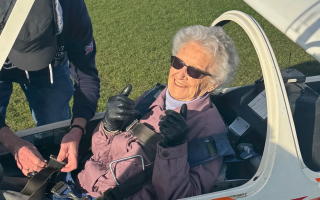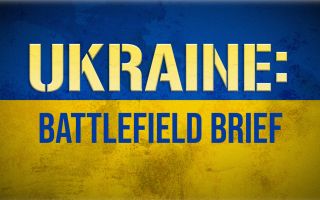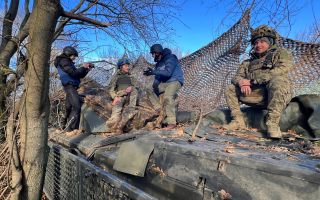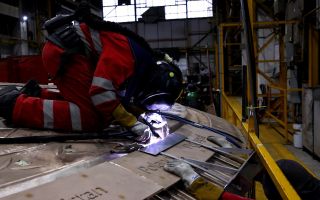Not fighting fit: How the military is attempting to deal with an epidemic of injuries
A more inactive society has led to an epidemic of musculoskeletal injuries in the Armed Forces, and the Royal Navy is taking steps to reverse the trend.
Recruits today are very different to those who signed up 20 years ago, and at a time when most countries are struggling to retain and recruit troops, they cannot afford for them to be injured.
Scientists across the globe are collaborating to try to solve the problem, and here in the UK the Navy has launched a new project that could see recruits undergoing an array of different tests from the moment they sign up.
Recruits in the military are less physical and more digitally minded than they have ever been before.
In the Navy, with the high-tech kit now in operation, technically astute sailors are needed to be ready to operate this equipment, but they still need a certain amount of physical fitness.
And they are getting injured.
At any one time around 10% of the total Royal Navy and Royal Marines population are medically downgraded – which means they are largely undeployable. Around half of these are musculoskeletal injuries.
With a well-publicised recruitment crisis, having 10% of personnel sitting on the sidelines is not helpful.
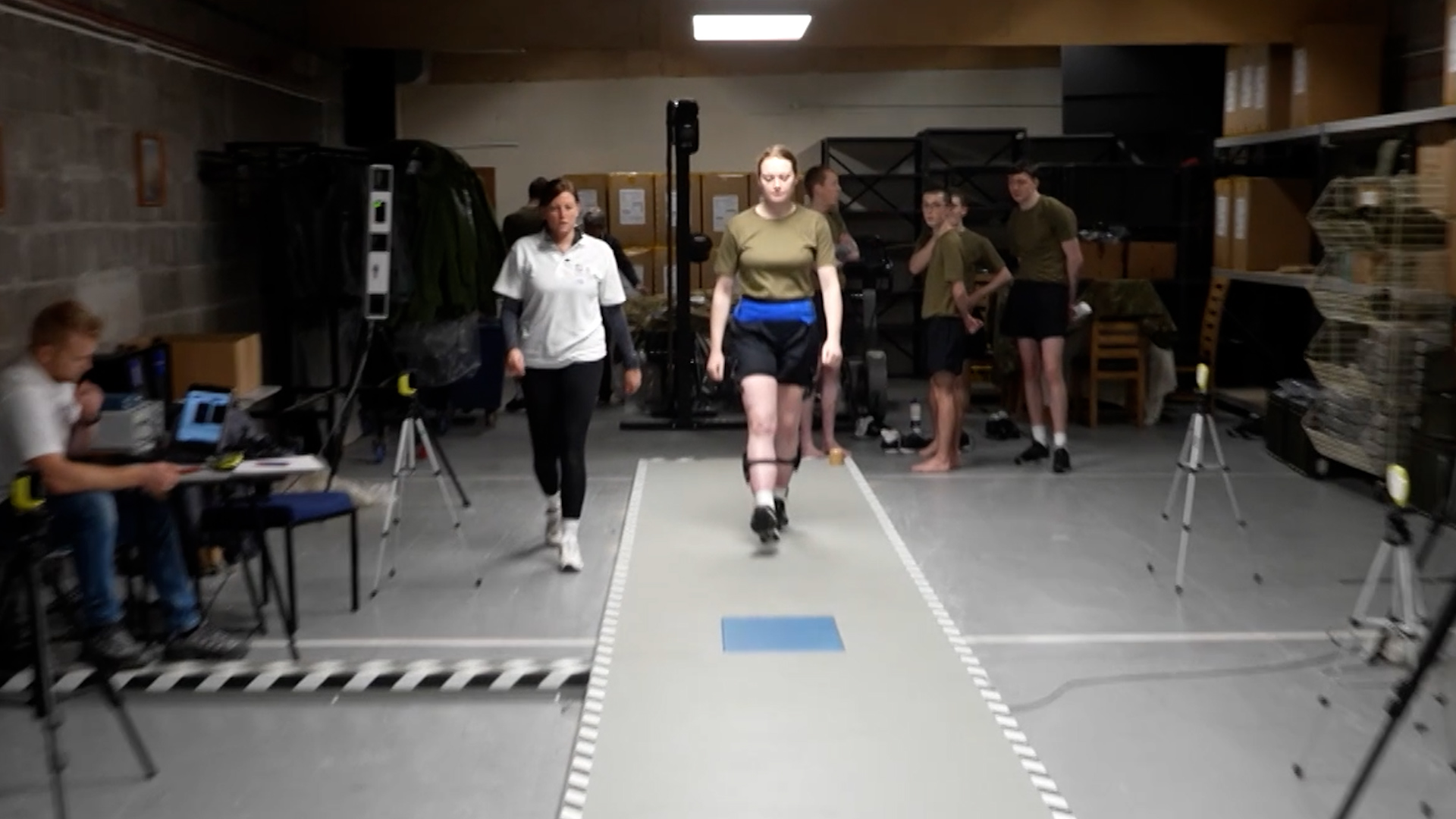
Armed forces around the world are having the same problem, so scientists are working together to try to solve it, with the Navy starting at the place where so many new sailors begin their careers – HMS Raleigh.
This latest research is a collaboration between the Institute of Naval Medicine and the universities of Exeter, Bath and Southampton.
Forces News spoke to naval recruit Charlie Huxley-James, who was a dancer before she joined the military and says anything that prevents injury is good.
"Nobody likes to be injured. Being on crutches is the bane of my life so anything we can do to prevent it is a benefit," she said.
HMS Raleigh is where new sailors are trained, and the testing the new recruits like Charlie are going through could become the norm for all who follow in the future.
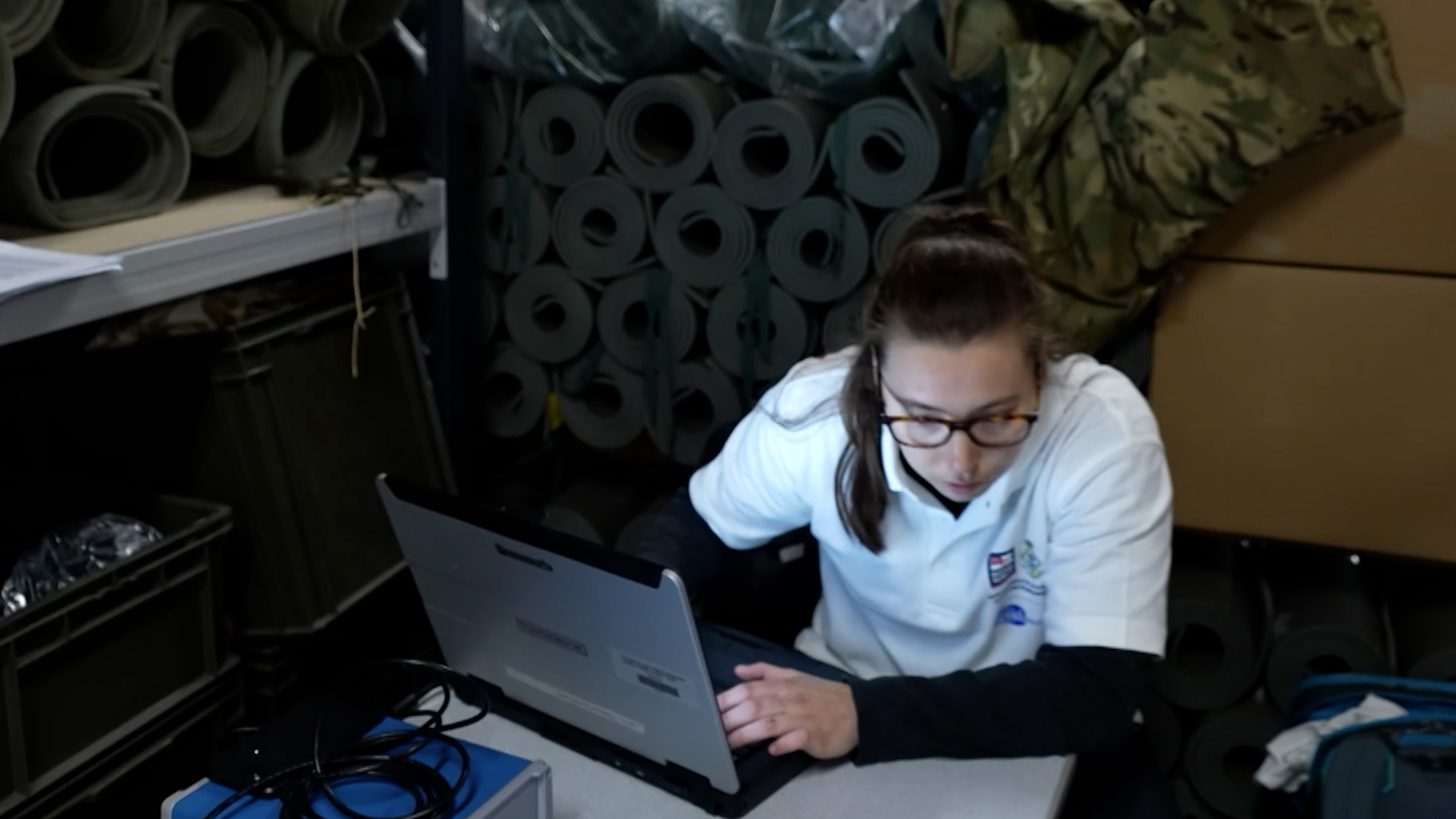
Dr Joanne Fallowfield, from the Institute of Naval Medicine, told Forces News: "Historically we haven't focused on this bit of kit – we haven't focused on the person.
"There's kind of an implicit understanding that they will pick up the knowledge and what they should be eating, how they should be training as they go through training.
"But actually we haven't made it explicit that this bit of kit is as important as all the other pieces of kit, this makes everything else function."
This is a huge project. The aim is to collect a large amount of data and then follow this cohort through, tracking their injuries.
Hopefully, patterns will emerge that allow injuries in future recruits to be predicted, and then they can tailor training around each individual so they do not get hurt.

Lieutenant Colonel Erik Nielsen, a project lead at the Institute of Naval Medicine, said: "We don't know what we don't know at the moment.
"The nirvana is, as an individual joins we screen them either bio-mechanically or plantar pressure and we see red flags ie we've seen that kind of pressure before, and we know there's a percentage chance that leads to a lower limb injury of some description.
"Might be something as easy as orthotics going in there or just a little bit extra strength training around a particular area for that individual.
"The start point is lower, potentially than what it was 10-15 years ago, so we need to ensure we understand that in the way we put our training programmes together and how we train the individuals and we need to understand that from prevention of injury.
"Collectively, all those assets put together, we'll be able to deliver something for this generation of recruits going forward."

'Holding on to talent'
On location, there are scientists busy with more measurements. Height, weight, grip tests, even skin fold measurements.
There is also an element of education, with many not aware musculoskeletal injuries can be caused and worsened by preventable lifestyle factors like diet and smoking.
This is more than just a research project.
"We're competing in a tight labour market, we need to present ourselves as a 21st-century employer that invests in its people, supports its people, takes their health as a priority and supports that throughout their careers," Dr Fallowfield explained.
"Actually it's about holding onto the talent we have. We know that people are leaving the services because it's not conducive to a healthy lifestyle, we know that people are leaving the services due to health conditions that could be prevented...we can do things better."
The vision is the "whole force" according to Lt Col Nielsen. "We want to be in a position where this is business as usual," he added.
This is not just a problem in the Navy, the Marines or even the British military. It is across the world.
The Royal Navy team is part of an international consortium including the US, Australia and New Zealand – all collaborating in an attempt to solve the problem.




